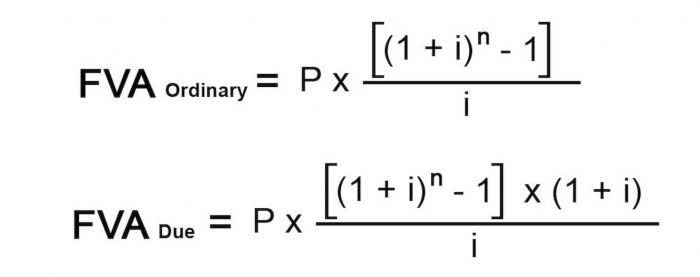Content
Average collection period is important as it shows how effective your accounts receivable management practices are. This is especially true for businesses who are reliant on receivables in respect to maintaining cash flow. Efficient management of this metric is necessary for businesses needing ample cash to fulfill their obligations. This is one of many accounts receivable KPIs we recommend tracking to better understand your AR performance. And while no single metric will give you full insight into the success—or lack of success—of your collections effort, average collection period is critical to determining short-term liquidity. We must know the company’s Average Collection period ratio to gain valuable insight.
What is collection period examples?
Examples of an average collection period
In this case, let's say it's yearly. You'd then do the following: ($100,000 / $1,000,000) x 365. This would give you an average collection period of 36.5 days. Given that the average collection period is 30 days, this would be a decent collection period.
While at first glance a low average collection period may indicate higher efficiency, it could also indicate a too strict credit policy. To calculate your total net credit sales, take your total sales made on credit for a given period and subtract any returns and sales allowances. It’s vital that your accounts receivable team closely monitor this metric and keep it as low as possible. We’ll discuss how to analyze average collection period further in this article. More specifically, the company’s credit sales should be used, but such specific information is not usually readily available. A fast collection period may not always be beneficial as it simply could mean that the company has strict payment rules in place.
Introduction to Business
When sales and customer mix change dramatically, on the other hand, this metric is likely to fluctuate significantly over time. It can be used as a performance metric for the collections department manager. For the company, its average collection period figure can mean a few things. It may mean that the company isn’t as efficient as it needs to be when staying on top of collecting accounts receivable. However, the figure can also represent that the company offers more flexible payment terms when it comes to outstanding payments. The correlation between the annual sales figure used in the calculation and the average accounts receivable figure may not be close, resulting in a misleading DSO number.
The longer a receivable goes unpaid, the less likely you are to be able to collect from that customer. The average https://www.bookstime.com/articles/average-collection-period is the average number of days it takes to collect payments from your customers. The time they require to collect the money back from the customer is known as the accounts receivable collection period. Unless you run a finance-based business, accessing their financial statements is not possible for you. Yet, with the calculation of average collection period, you can predict and understand their creditworthiness.
Financial Close
The account receivable https://www.bookstime.com/ measures the average number of days that credit customers usually make the payment to the company. Average collection period can inform you of how effective—or ineffective—your accounts receivable management practices are. It does so by helping you determine short-term liquidity, which is how able your business is to pay its liabilities. If your average collection period is higher than you would like, this may signal challenges in unlocking working capital and hinder your business’ ability to meet its financial obligations. Slower collection times could result from clunky billing payment processes; or they might result from manual data entry errors or customers not being given adequate account transparency. Average collection period is the number of days between when a sale was made—or a service was delivered—and when you received payment for those goods or services.
A low figure is considered best, since it means that a business is locking up less of its funds in accounts receivable, and so can use the funds for other purposes. Also, when receivables remain unpaid for a reduced period of time, there is less risk of payment default by customers. Account receivable means the money due to the organization for the goods and services sold but money not received yet. Account receivable turnover ratio is inversely related to the average collection period. So, a decrease in the accounts receivable turnover ratio increases the average collection period. If a business gives two months’ free credit then most experts agree that the collection period should be 90 days or less.
What is average collection period?
You can receive payments quickly and send reminders without putting any effort. Let your accounts receivable team put more effort into accepting payments on time. If you discover shockingly high values when you calculate average collection period, you must work on ways to reduce them. Here are the ways to shorten the collection period without losing customers. In specific terms, the average collection period denotes the days between when a customer buys the product and makes the full payment.




